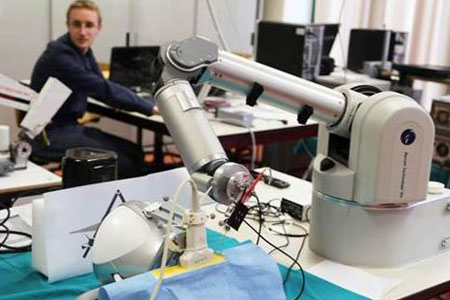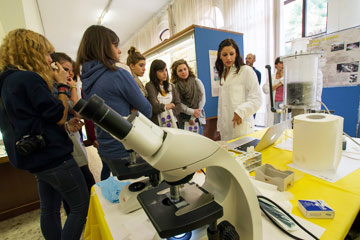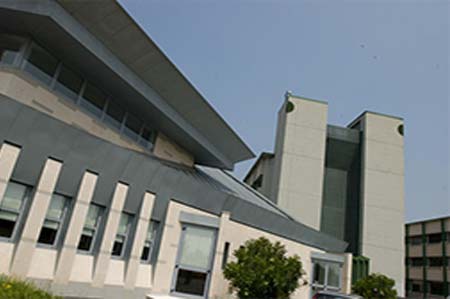Dear Colleagues,
we are pleased to announce the launching of a new online
“Young Researcher Seminars, Maths Applications & Models”
This is a series of online seminars aiming at maintaining and reinforcing, in this period, collaboration and connection among researchers working in the broad field of Mathematical Applications and Modelling.
First seminar on Thursday January 14th, 2021, at 15:00 CEST
Speaker: Milo Viviani , Scuola Normale Superiore
Title: Scale separation for the two-dimensional turbulence, a geometric approach
Abstract: Two-dimensional fluids are a classical playground for studying turbulence. In the inviscid limit, the 2D turbulence is characterized by the non-linear interaction of the fluid parcels and the presence of an infinite amount of conservation laws: energy, linear momentum, enstrophy and higher order Casimirs. A characteristic of the long-time evolution of a two-dimensional fluid is the formation of few coherent vortices, which dominate the slow large-scales dynamics. However, a persistent fast small-scales dynamics is also present for very long time. In the last decades, various attempts have been done in order to separate these two very different dynamics. However, none of those can be said of being neither canonical nor intrinsic of the fluid model. In this talk, we show a new approach for separating the two different types of dynamics. Starting from the so called quantized discrete model for the 2D Euler equations on a compact surface, we have been able to derive a geometric splitting of the fluid vorticity into large and small scales. Our result only requires the information given by the Lie bracket of the Euler equations and provides an explicit dynamical system for the two fluid scales. Furthermore, numerical experiments show that for our splitting both phenomenological aspects and characteristic features of the 2D fluid (e.g. power laws for the energy spectrum) match the theoretical predictions. The scale separation of the 2D Euler equations is fundamental for allowing stochastic model reduction, where the small scales are modelled with a suitable multiplicative noise. The results here presented may open new possibilities in simulating 2D fluids with a lower computational cost, allowing more precise simulations for long times.
The Zoom ID and password will be sent by email 2 hours before the seminar,
The organizers







